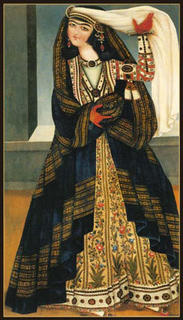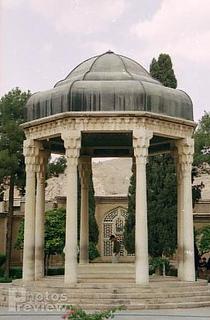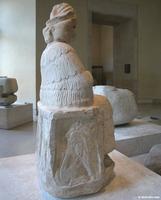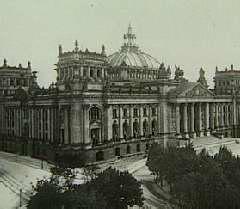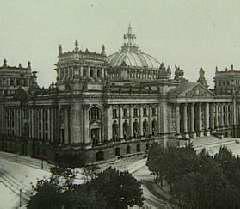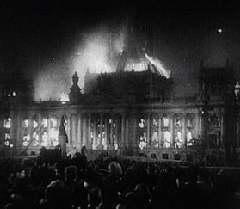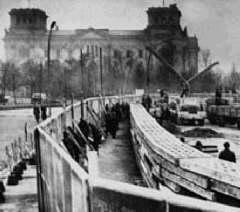World's First Postage Stamp
of
Rumi
Published
Tehran, 6 October, 2005 (CHN) -- The first postage stamp with the picture of Rumi has been published by Syria, to be followed by Iran, turkey, and Afghanistan by end of March 2006.
"Following the visit of director of the Post Company of Iran to Turkey, some negotiations were conducted for publishing a shared stamp between the two countries. Then Syria and Afghanistan announced their willingness to share in the publishing of this stamp, and finally it was decided to publish a share stamp with the picture of Rumi in the four countries of Iran, Syria, Turkey, and Afghanistan," said Mohamadreza Arab, head of the public relations office of Ministry of Information and Communication Technology of Iran.
Arab explain about the design of this stamp: "Following the mutual agreements, representatives of Turkey, Syria, and Afghanistan came to Iran and together they chose three designs of Rumi's portrait, his tomb, and Sama dance for the memorial stamp." Each country publishes the stamp with its own name and national features.
Now Syria has published the stamp and sent a sample of it to the Post Office of Iran. This stamp is actually the world's first stamp with Rumi's picture on it.
According to Arab, these stamps are displayed in the stamp exhibition of Konya for his birthday commemoration and the performance of Sama dances.
Jalal ad-Din Mohammad Rumi, also known as Mowlana (1207-1273 CE), is a Persian poet famous all around the world for his mystic Sufi words, focused on unity, and the longing to reunite with the primal root. His major work Masnavi Manavi is still a favorite among not only Iranians but many people around the world, inspiring artists, poets, writers, philosophers, and his general public followers from every generation.

